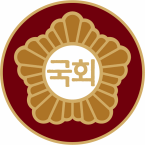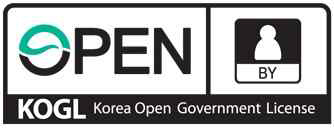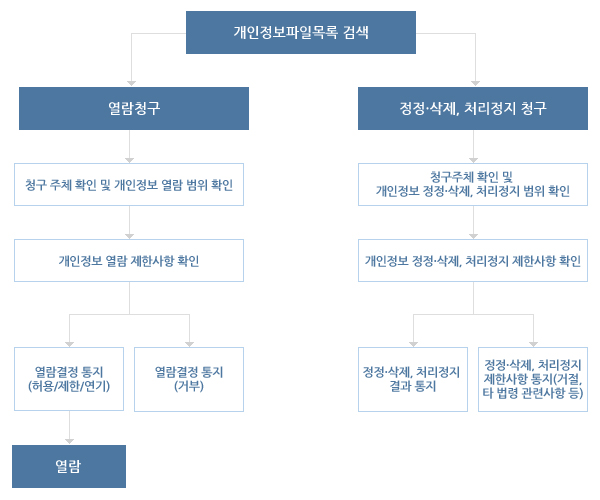Emblem & Logo
The National Assembly has two symbols - an emblem and a logo
- The National Assembly, the legislative body of Korea, has two symbols — an emblem and a logo — that it uses to connect with the Korean people and maintain its legitimacy and credibility.
- The emblem contains two letters (meaning “National Assembly” in Korean) inside a shape of the national flower mugunghwa, or rose of Sharon. The emblem appears on the National Assembly’s flag, as well as on lawmakers’ badges and business cards.
- The logo is meant to symbolize coexistence and communication with the architectural beauty of the National Assembly’s main building. It is widely used in various publications and on staff business cards, envelopes, and other official materials.
Assembly Identity
Emblem

Official symbol of the National Assembly
Legitimacy
Dignity and stature
National Assembly as a trusted legislative body
Logo

Communication with the people
Initiative
Openness
National Assembly that stands by the people
How to use the National Assembly symbols

Emblem
The emblem has been changed to embody the National Assembly’s new image in a new era, while maintaining the original shape used in the parliament’s flag and the members’ badge. The font used in the two letters (which means ‘National Assembly’ in Korean), within the mugunghwa national flower, conveys the dignity and credibility of the National Assembly. The circle inside the flower, previously a rectangle, symbolizes the nature of parliamentary democracy to draw one conclusion from diverse public opinions through dialogue and compromise. The flower’s shape has also been changed to feature rounded petals, not sharp ones, to highlight the image of a National Assembly that communicates with the people.

Pantone 188C CMYK 0-100-80-65 RGB 88-0-9

Pantone 465C CMYK 10-25-65-10 RGB 207-165-71

Pantone 146C CMYK 7-45-90-30 RGB 168-105-19

Pantone 287C CMYK 100-70-0-12 RGB 12-43-128

Logo
The logo was designed with the image of the National Assembly’s main building. The two curves of the dome on the top represent one conclusion drawn after debate, coexistence and cooperation between parties, and national unification. The building’s pillars show the National Assembly’s stature as the legislative body of Korea and its political beliefs, and the stable form delivers an image of a trusted National Assembly.

Pantone 287C CMYK 100-70-0-12 RGB 12-43-128

Pantone 284C CMYK 65-20-0-0 RGB 91-155-199

Pantone 7472C CMYK 70-0-35-0 RGB 76-182-153

Pantone Cool Gray 10C CMYK 10-0-0-65 RGB 80-85-87


